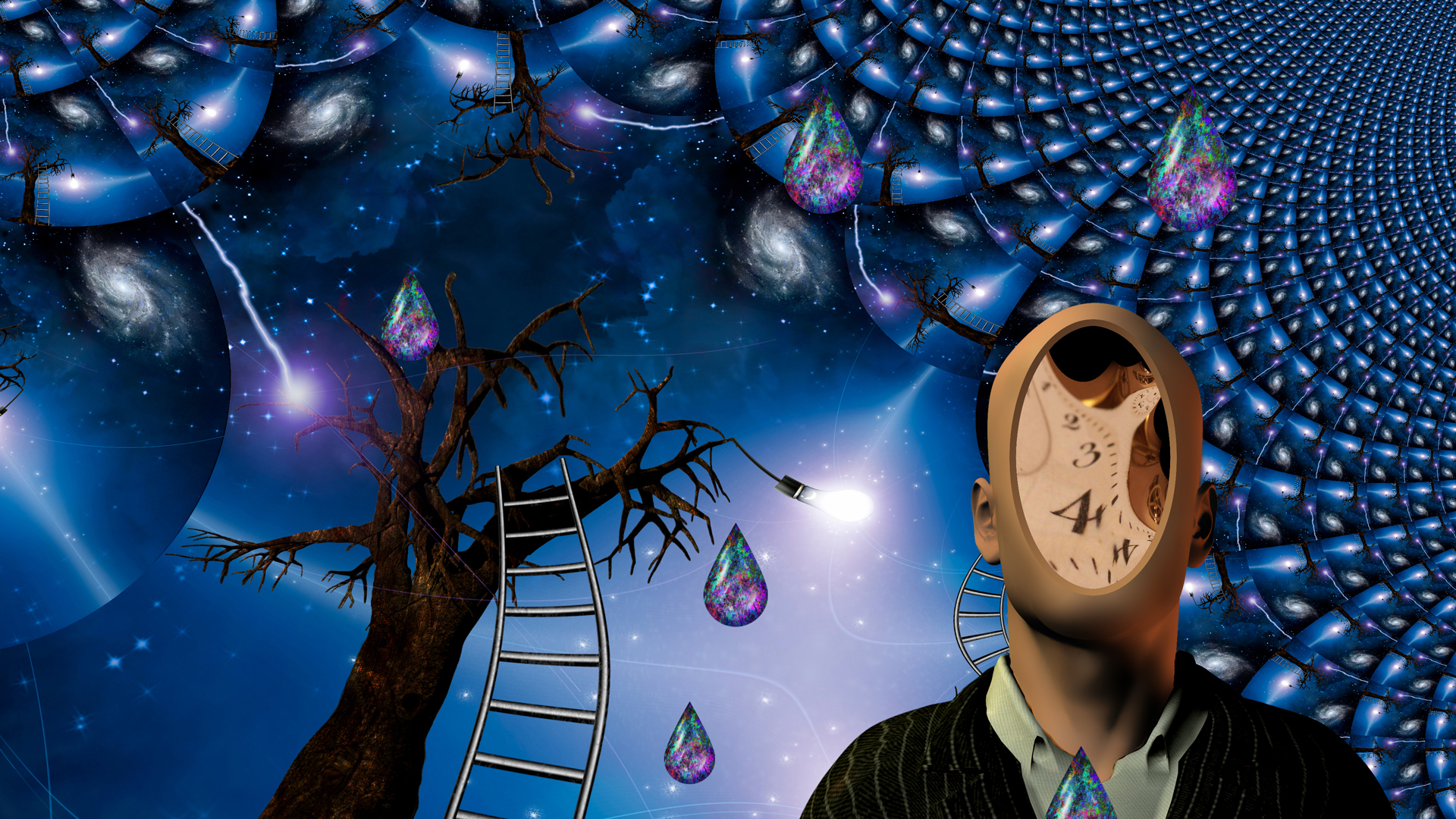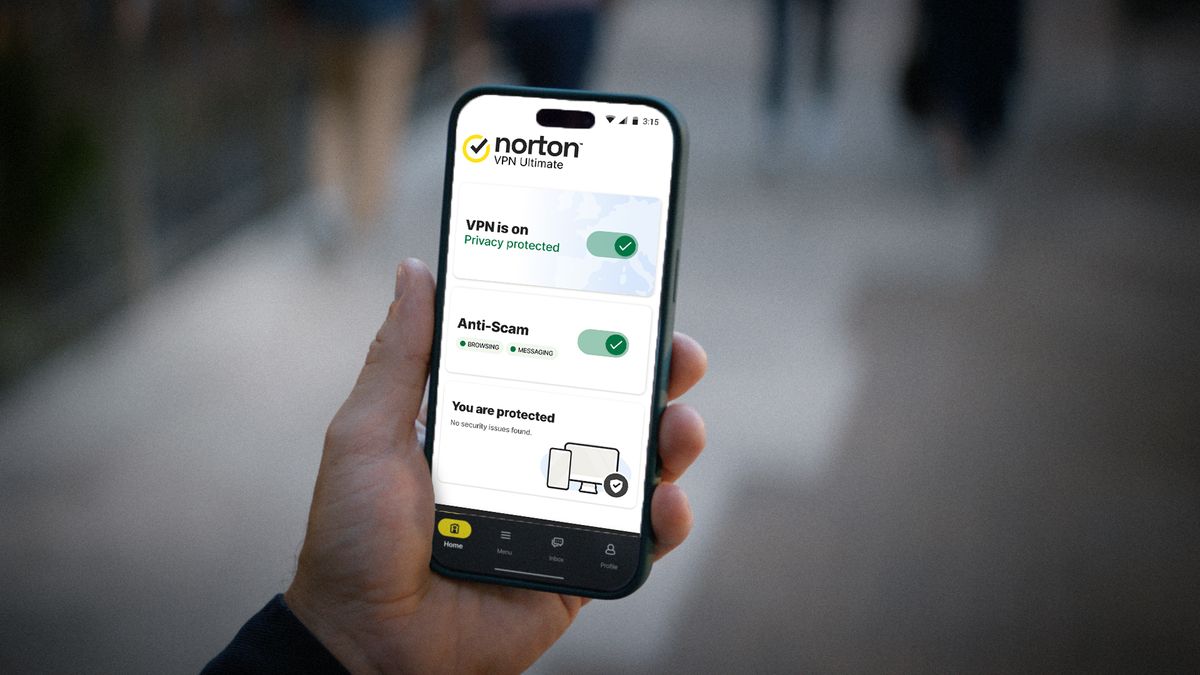- OpenAI’s latest AI models, GPT o3 and o4-mini, hallucinate significantly more often than their predecessors
- The increased complexity of the models may be leading to more confident inaccuracies
- The high error rates raise concerns about AI reliability in real-world applications
Brilliant but untrustworthy people are a staple of fiction (and history). The same correlation may apply to AI as well, based on an investigation by OpenAI and shared by The New York Times. Hallucinations, imaginary facts, and straight-up lies have been part of AI chatbots since they were created. Improvements to the models theoretically should reduce the frequency with which they appear.
OpenAI’s latest flagship models, GPT o3 and o4-mini, are meant to mimic human logic. Unlike their predecessors, which mainly focused on fluent text generation, OpenAI built GPT o3 and o4-mini to think things through step-by-step. OpenAI has boasted that o1 could match or exceed the performance of PhD students in chemistry, biology, and math. But OpenAI's report highlights some harrowing results for anyone who takes ChatGPT responses at face value.
OpenAI found that the GPT o3 model incorporated hallucinations in a third of a benchmark test involving public figures. That’s double the error rate of the earlier o1 model from last year. The more compact o4-mini model performed even worse, hallucinating on 48% of similar tasks.
When tested on more general knowledge questions for the SimpleQA benchmark, hallucinations mushroomed to 51% of the responses for o3 and 79% for o4-mini. That’s not just a little noise in the system; that’s a full-blown identity crisis. You’d think something marketed as a reasoning system would at least double-check its own logic before fabricating an answer, but it's simply not the case.
One theory making the rounds in the AI research community is that the more reasoning a model tries to do, the more chances it has to go off the rails. Unlike simpler models that stick to high-confidence predictions, reasoning models venture into territory where they must evaluate multiple possible paths, connect disparate facts, and essentially improvise. And improvising around facts is also known as making things up.
Fictional functioning
Correlation is not causation, and OpenAI told the Times that the increase in hallucinations might not be because reasoning models are inherently worse. Instead, they could simply be more verbose and adventurous in their answers. Because the new models aren't just repeating predictable facts but speculating about possibilities, the line between theory and fabricated fact can get blurry for the AI. Unfortunately, some of those possibilities happen to be entirely unmoored from reality.
Still, more hallucinations are the opposite of what OpenAI or its rivals like Google and Anthropic want from their most advanced models. Calling AI chatbots assistants and copilots implies they’ll be helpful, not hazardous. Lawyers have already gotten in trouble for using ChatGPT and not noticing imaginary court citations; who knows how many such errors have caused problems in less high-stakes circumstances?
The opportunities for a hallucination to cause a problem for a user are rapidly expanding as AI systems start rolling out in classrooms, offices, hospitals, and government agencies. Sophisticated AI might help draft job applications, resolve billing issues, or analyze spreadsheets, but the paradox is that the more useful AI becomes, the less room there is for error.
You can’t claim to save people time and effort if they have to spend just as long double-checking everything you say. Not that these models aren’t impressive. GPT o3 has demonstrated some amazing feats of coding and logic. It can even outperform many humans in some ways. The problem is that the moment it decides that Abraham Lincoln hosted a podcast or that water boils at 80°F, the illusion of reliability shatters.
Until those issues are resolved, you should take any response from an AI model with a heaping spoonful of salt. Sometimes, ChatGPT is a bit like that annoying guy in far too many meetings we've all attended; brimming with confidence in utter nonsense.











 English (US) ·
English (US) ·